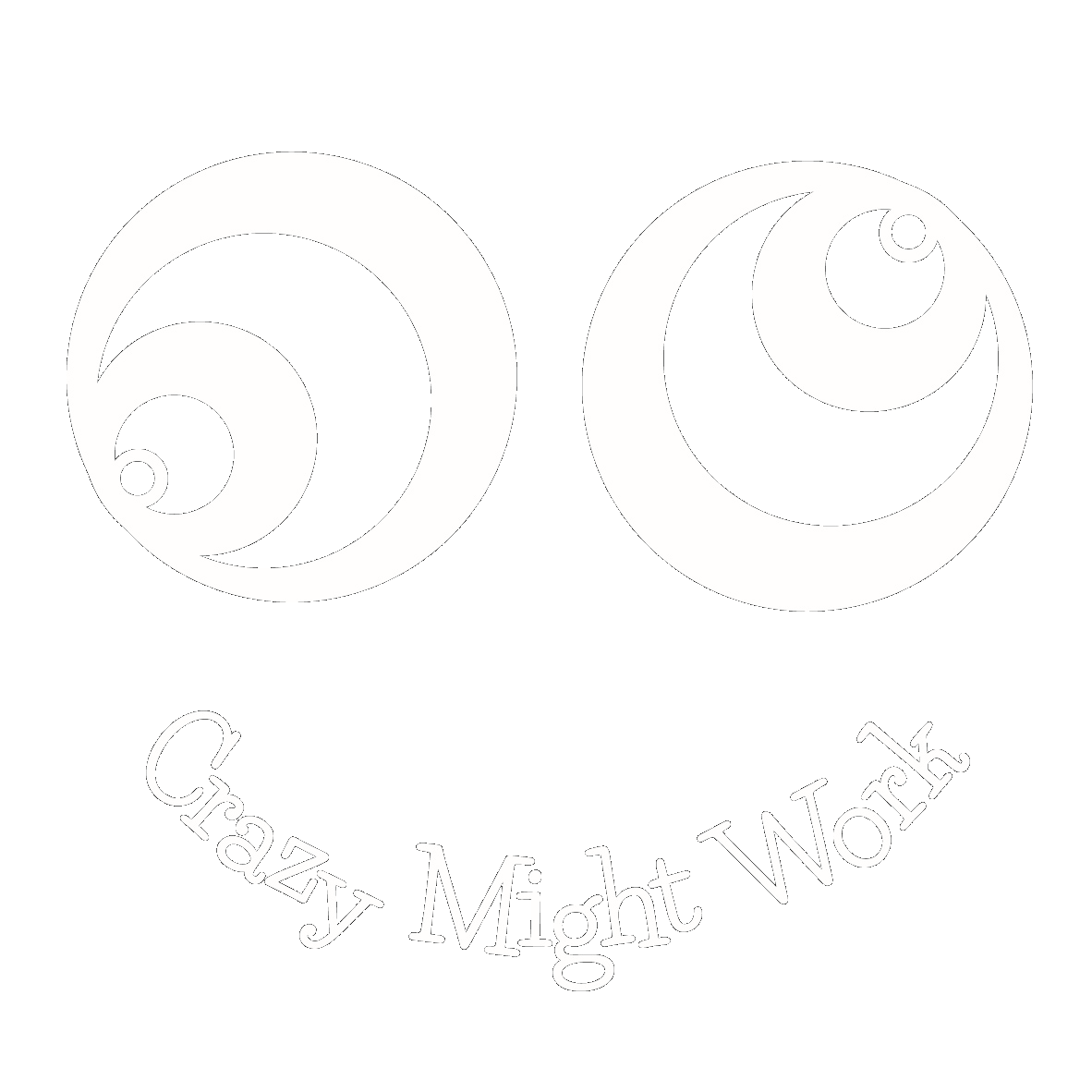Jet Propulsion Laboratories, the innovation partner of NASA of every manned or unmanned mission since the inception of the space program were stumped when their Apollo program inventors began retiring and they simply could not replace their problem-solving skills, despite hiring the best of the best from MIT, Stanford and CalTec. Closer investigation concluded that recent graduates lacked the play history of their predecessors, who had built box carts, taken apart clocks and fixed appliances as children. The lost intelligence was a 2-million-year-old connection between brain and hand that had been relegated to tapping keyboards.
LEGO® Serious Play® is a method that reconnects the hand and brain, activating the whole brain in visualisation, tactile problem solving, metaphor and storytelling, and reconnecting it with our physical faculties in time and space, enabling creative collective responses to complex challenges. It is literally ‘building to think’.
When to use it?
LEGO® Serious Play® is best in settings where complex issues are being explored, especially those that are strategic, cultural and interpersonal in nature. It’s great for developing a collective vision and any form of collaborative innovation when there is no single right answer, or you want everyone’s input.
Success Story
Mission
Our client, a government health agency, was looking for a collaborative and innovative way to rapidly re-design patient models of care for local needs.
Solution
We invited re-design leads from each of the local health districts to come prepared with a patient model of care they were struggling with, we moved them, experientially, through a LEGO® Serious Play® journey.
The group built skills progressively, from individual, to shared, to systemic care models and were able to conceptualise multiple new potential patient pathways using storytelling and metaphors to stretch the thinking.
Results
The group added a powerful tool and mental faculty to their repertoire of collaborative innovation methods, building and iterating alternate patient care models in quick succession. The session achieved the highest possible participation and engagement scores.

